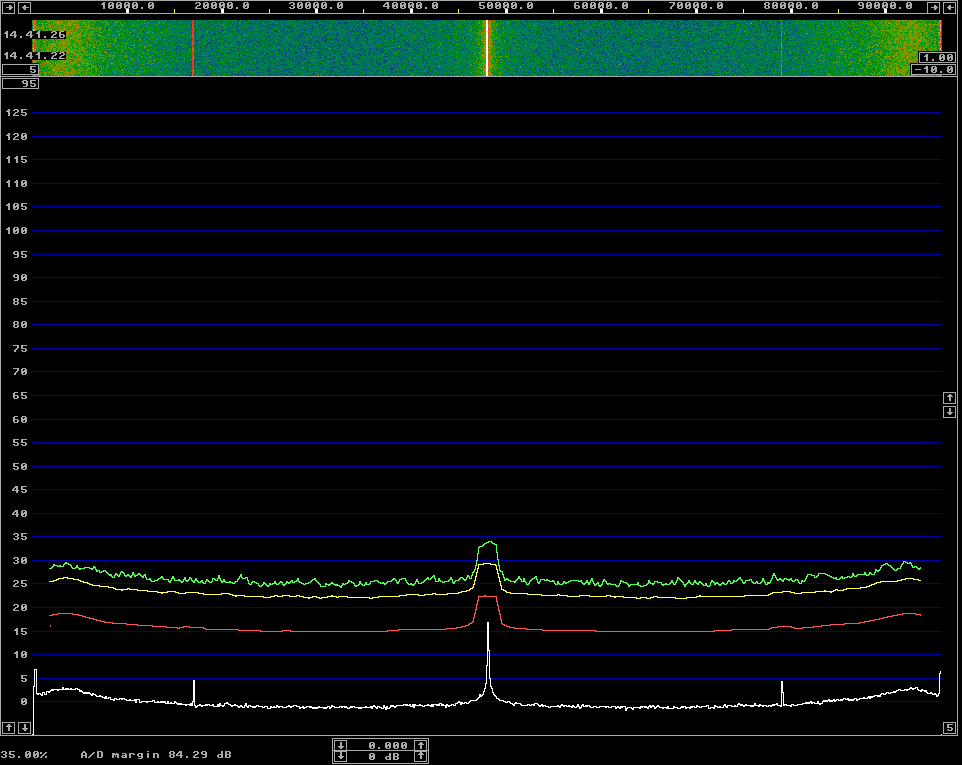
Fig 1. Nothing connected to a Delta 44 in its original unmodified state.
The Delta44 in its original state.When nothing is connected to the unmodified Delta 44 input, the spectrum shown by Linrad looks like figure 1. The screen is captured in Linrads "Tx test mode". All parameters are identical for all test mode screen dumps on this page to allow easy comparisons. |
|
When two break-out boxes and two cables are used to connect the outputs
of one Delta 44 to the input of the other Delta 44, the noise floor is
lifted and many spurious signals become visible.
This is shown in figure 2.
|
|
In figure 3, the transmit side is running with a sine-wave applied to
the microphone input.
The transmitted signal is at 56 kHz on the frequency scale,
corresponding to an audio frequency of 8 kHz.
The mirror image at 40 kHz is suppressed by 65 dB.
The amplitude and phase balance is excellent for the un-modified soundcards.
The second harmonic of the audio signal does not have a 90 degree phase
relation.
It appears with similar amplitudes at 32 and 64 kHz.
The level is about 95 dB below the main signal.
The third harmonic is much stronger on the image side at 24 kHz
than it is at 72 kHz but it will be of no concern for a high
performance transmit chain since it will be filtered out
by the filters needed to remove the image spur.
The noise floor is 4 to 10 dB higher than the noise floor of the unmodified Delta44 itself except at very low audio frequencies where it is much higher as can be seen from a comparison with figure 1. |
Unmodified tx and modified rx.The modified Delta 44 has a noise floor that is about 3 dB lower than the unmodified card when nothing is connected to the input. This is shown in figure 4. |
|
When an unmodified card is used on the transmit side but without
opened device drivers for the D/A or A/D converters, the spectrum
looks like figure 5.
The noise from the transmit side dominates and the differences
as compared to figure 2 are small.
When Linrad is put in transmit mode the spectrum of figure 6 is obtained. As compared to figure 3 the noise floor looks a bit better. |
Modifications on the transmit side.Since the goal is to use one Delta 44 for both receiving and transmitting and since the modifications that improve the receive side are highly desireable, it is important to investigate whether the modifications have adverse effects on the transmit side.The most important modification for the receive side is cutting the connections between the d-sub case and the analog ground plane of the Delta 44. Figure 7 shows that this has no adverse effect on the transmit side. Figure 8 shows the spectrum when the Delta 44 on the transmit side is completely modified, identically as the card on the receive side. The noise floor is a little better except at very low audio frequencies. The structure at the center is due to a overtone-rich signal at about 70 Hz. Figure 9 shows the normal Linrad receive screen with the center structure selected for the baseband graph. The signal is the same as in figure 8. Figure 10 shows the center structure in the time domain when the Linrad tx is not running. It is quite clear that the 70 Hz signal is similar in both audio channels and that it can be greatly reduced if two D/A channels in anti-phase were used for both I and Q. The A/D converters in the Delta 44 should be fed from a differential amplifier that references the unbalanced input to the potential of the analog ground plane. This is done in the RX2500, but when two Delta 44 are connected through break-out boxes, a differential amplifier is missing. By adding two differential amplifiers like in figure 11, the spectrum of figure 12 was obtained. |
|
When both soundcards are modified, the white noise floor is raised by about 2 dB when the transmitter is running as compared to the noise level when nothing is connecter to the receive side soundcard. This means that the white noise on the transmit side is lower than the white noise at the receive side which is a good starting point.
As a comparison, figure 13 shows the baseband when two Delta 44 soundcards
in their original un-modified state are connected through the differential
amplifiers.
It is obvious that the modifications give a substantial improvement.
|